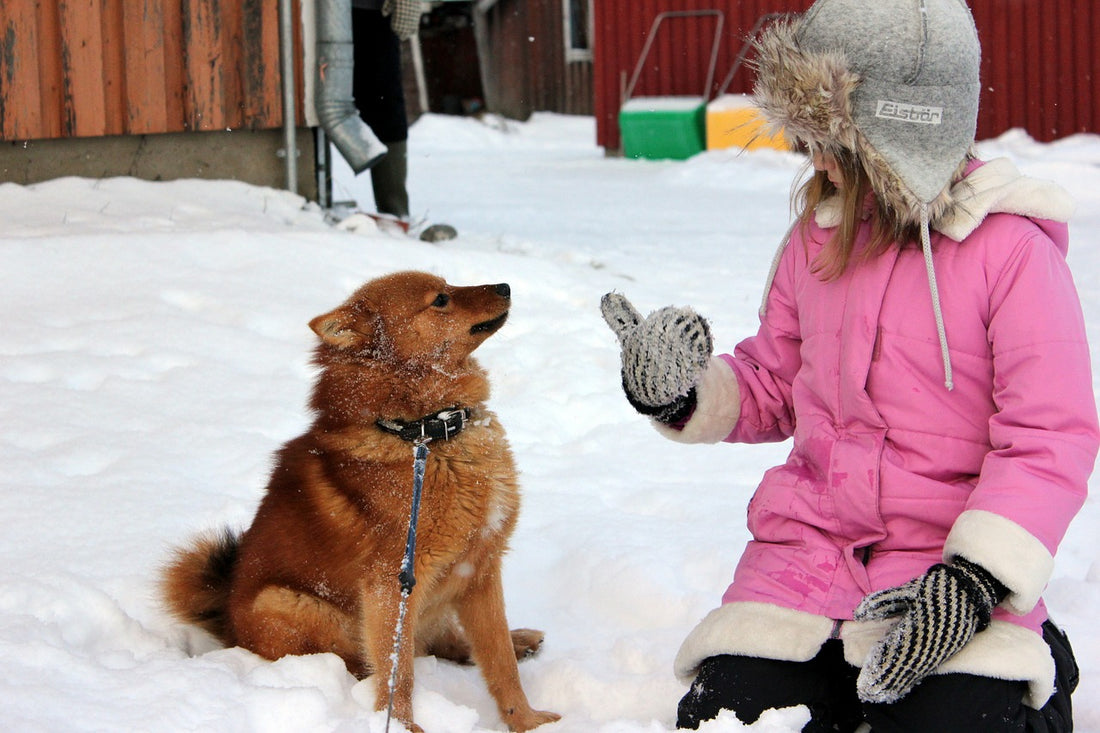A hunting dog with an ancestry dating back thousands of years, the Finnish Spitz is loyal, courageous and surprisingly strong. This breed adapts well to domestic life but requires plenty of mental stimulation. The Finnish Spitz is an excellent pet that is great with children but must be trained well to eliminate excessive barking and an independent streak.
Which breed group is the Finnish spitz in?
Breed Group: Hound
Finnish Spitz breed history
The ancestors of the Finnish spitz were ancient dogs that roamed Russia for millennia. These were used by tribes in northern Finland to develop working dogs for a variety of tasks. The Finnish Spitz was treasured for its hunting skills and courage. It was a bark hunter, which means it barked to indicate prey and to draw that prey’s attention away from the approaching hunter.
During the late 19th century, the northern Finnish peoples moved to different areas of the country and took their dogs with them. These were then crossed with local dogs of diverse ancestries. The breed became diluted and the Finnish spitz was almost lost completely. However, a breeding programme was established by enthusiast Hugo Roos and his efforts saved the breed from extinction.
The Finnish Spitz is the national dog of Finland but is not well known outside of Scandinavia. As a result, puppies can be hard to find in the UK and tend to be expensive.
Finnish Spitz breed characteristics
Boasting a fox-like appearance and a gorgeous red coat, the Finnish Spitz is a highly distinctive dog. It has a narrow muzzle, black nose, and black lips. Eyes are almond-shaped and dark while ears are small and pointed. These dogs are strong and have deep chests, level toplines, and muscular back legs. Their feet are neat and round and their tails are carried curled. Their coats are short on their heads and front legs but longer on their bodies and back legs. The hair on their necks is stiffer than on the rest of their bodies. Coats may be red or red gold with the undercoat being a slightly lighter shade. This trait imbues the coats with an attractive glow.
Alert and active, these dogs like to be kept busy. They love to play but don’t tend to pester people or demand attention. They can be aloof with strangers but are rarely aggressive. The Finnish Spitz can bark a lot and excessive barking should be addressed during puppy training.
- Lifespan: 12-15 years
- Height: up to 51cm
- Weight: up to 25kg
- Strong
- Double coat
- Red or red gold
- Almond-shaped, dark eyes
- Pointed ears
- Tails carried curved
- Friendly
- Playful
- Independent streak
- Tend to bark
Health issues with the Finnish spitz
The Finnish Spitz is a strong dog that generally enjoys good health. However, this breed is known to suffer from the following conditions:
- Immune mediated haemolytic anaemia
- Spitz dog thrombopathia
- Cataracts
- Epilepsy
- Anal sac cancer
What is the Finnish Spitz bred for?
These dogs were bred to assist remote peoples with a variety of tasks including hunting and guarding.
What sort of owners does the Finnish Spitz suit?
Friendly and loyal, these dogs are excellent pets which are fabulous with children. They are good watchdogs and relatively independent by nature which means they can be left home alone for short periods. However, that independent streak can mean that they are less than perfectly obedient. They tend to be barkers and so are not suited to living in apartments. Indeed, they can bark up to 160 times per minute! They would thrive in homes where at least one person is with them most of the time and where they are given plenty of mental stimulation. They are not good choices for first-time owners as they need a little finesse during training to eliminate excessive barking and to promote obedience.

